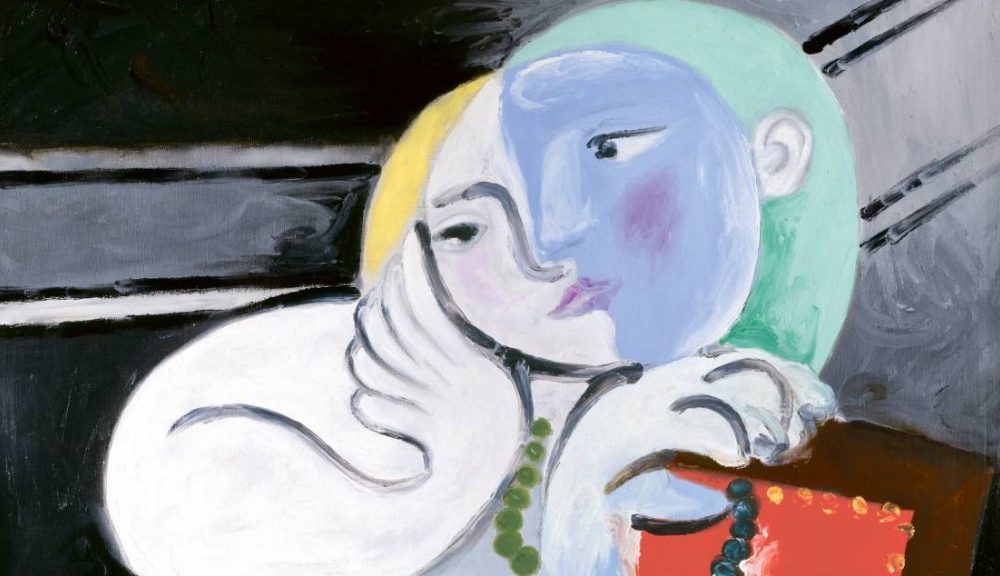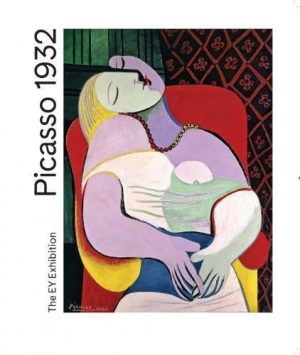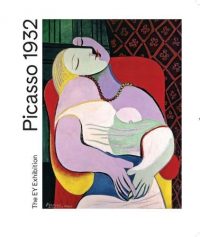Picasso 1932: Love, Fame, Tragedy at Tate Modern

1932 has been dubbed Picasso’s “year of wonders” – and with good reason. At the age of 50, the painter had already created work that was revolutionary and game-changing, achieving fame as a result. But as he entered 1932, critics were already starting to question whether Picasso was an artist of the past or an artist of the future. Determined to prove his continued relevance – and with a retrospective lined up – the pioneer embarked on a mind-blowing year of creativity.
Picasso 1932: Love, Fame, Tragedy at Tate Modern takes the viewer along on this journey, sometimes with day-by-day precision; exact dates are given for the works wherever possible, starting with “Friday 25th December 1931”. This era was pivotal in the artist’s private life as well, particularly characterised by the increased presence of his young lover Marie-Thérèse Walter in his paintings.
Biographical details are thoroughly explored and sometimes act as a hindrance, bogging down the colourful freedom of these works, which feel as if they are floating – dreamlike – in space. Walking through the gallery, you get the impression that the artworks are outpacing the exhibition itself.
The paintings in each room seem to be reaching out to those in the next, stretching tendrils of thought from one work to another with an energy that is almost self-sufficient. This is most evident in the second part, where we are presented with some of Picasso’s most extraordinary later works.
The stars of the show are three reclining nudes, shown together for the first time, and tastefully displayed with enough space for the hoards that will undoubtedly gather round them. The artist’s lover lies asleep, reaching her arms behind her head. In the next room, however, the woman has transformed: she is either a recumbent figure or an octopus holding a skull – depending on how you look at it. In the next room, she is swimming. In the final room, she is drowning, and men are attempting to rescue and/or rape her. This preoccupation with the sea and swimming provides a fascinating narrative arc to the second half of the retrospective, one which provides an extraordinary insight into the way in which Picasso reworked and transformed ideas and images in hugely inventive ways.
The paintings (and, indeed, sculptures) on show in Picasso 1932: Love, Fame, Tragedy are occasionally disturbing, occasionally tender, but always powerful. They give credit to the curators’ bold decision to focus on a single year of the painter’s life as a truly pivotal time in his career.
Anna Souter
Picasso 1932: Love, Fame, Tragedy is at Tate Modern from 8th March until 9th September 2018. For further information visit the Tate website here.


























Facebook
Twitter
Instagram
YouTube
RSS